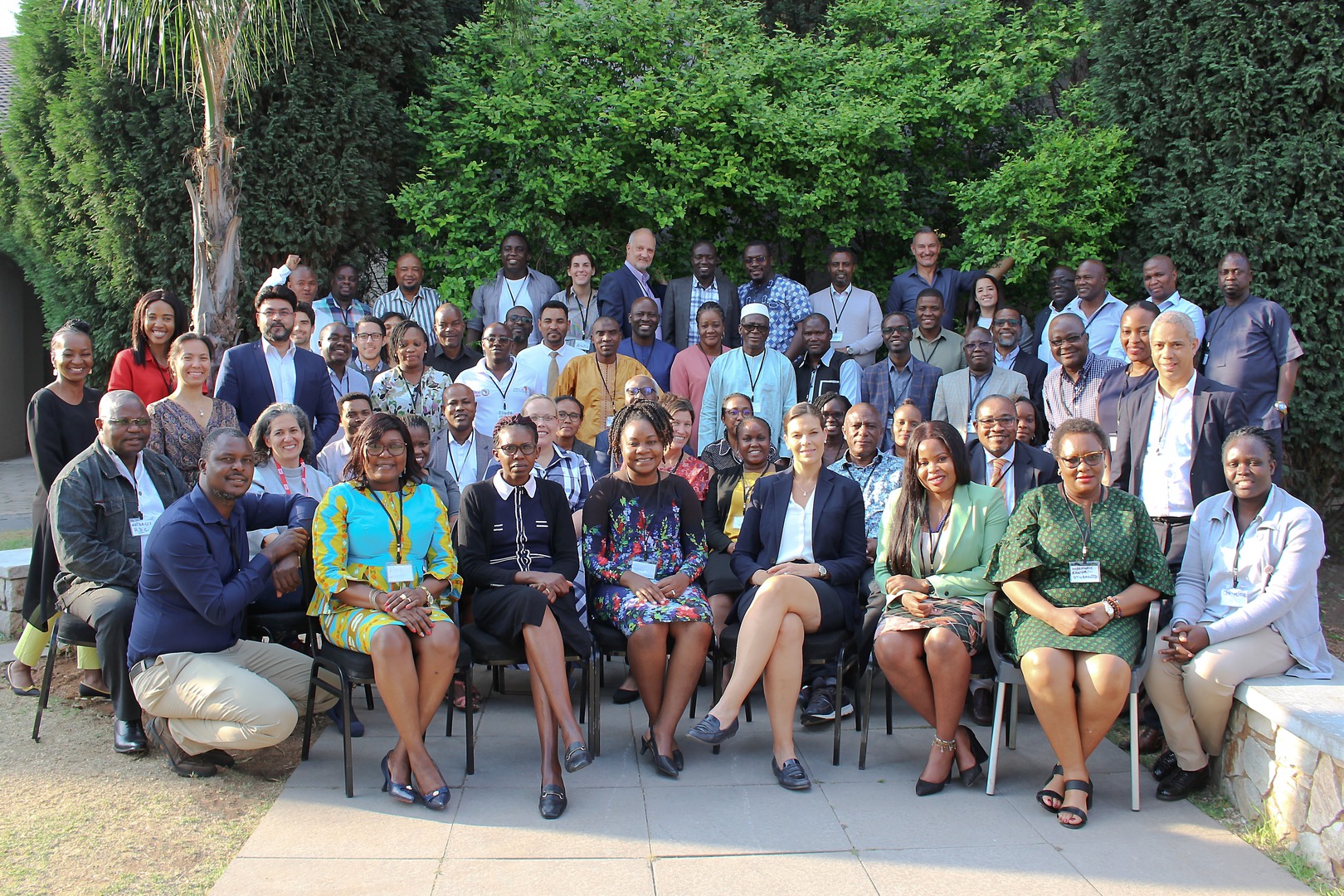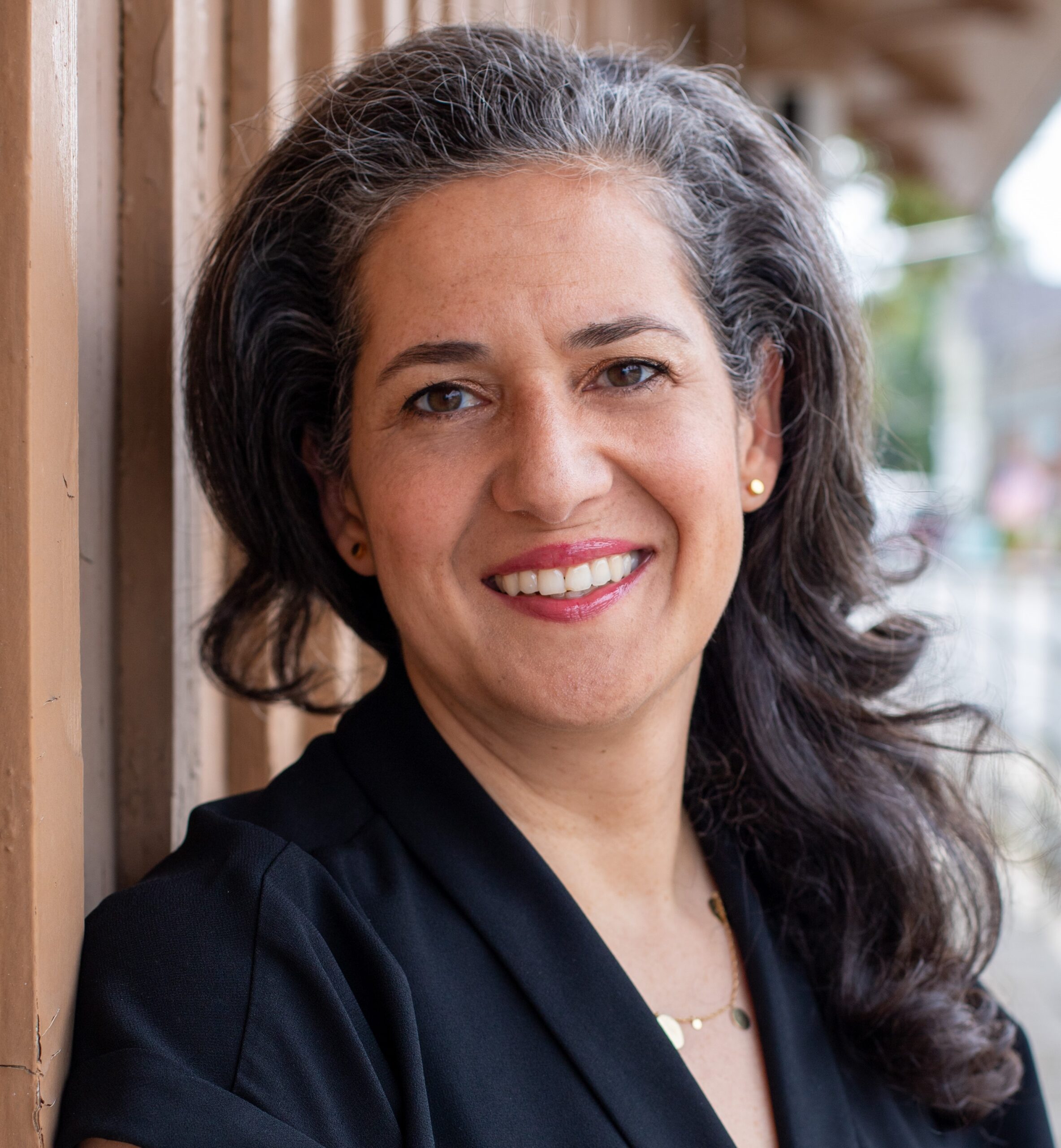Supply Chain Management of COVID-19 Vaccines: Implications for Integration with Routine Immunizations
Supply Chain Management of COVID-19 Vaccines: Implications for Integration with Routine Immunizations
Published on August 8, 2023

This post explores the efforts of the Vaccine Collaborative Supply Planning Initiative (VCSP) to improve supply chain systems for COVID-19 vaccines, and the implications of integrating routine immunizations into these improved systems.
About this blog series
Emergency funding for COVID-19 has begun to shift towards activities that integrate the COVID-19 vaccine into life course vaccination programs within the primary health care (PHC) system. Governments, donors, and program implementers are building on lessons learned from COVID-19 to build resilient health systems that can accommodate new vaccines and withstand future pandemics. Identifying ways to integrate COVID-19 vaccination activities into standard primary health care services, USAID and WHO have shared guidance to assist countries with this integration process.
Supply chain management
This is the sixth blog in a series of seven highlighting examples and lessons learned regarding the integration of the COVID-19 vaccine into primary health care. Read the other posts in the series for more about COVID-19 vaccination integration and examples from other health areas.
The Vaccine Collaborative Supply Planning Initiative (VCSP) was a collaborative effort managed by JSI with the support of UNICEF, WHO, Gavi, and the Gates Foundation and engagement from Ministries of Health and immunization programs in multiple countries including Cote d’Ivoire, Democratic Republic of Congo, Ethiopia, Kenya, Lesotho, Madagascar, Malawi, Mali, Mozambique, Niger, Nigeria, Sierra Leone, South Africa, Tanzania, and Uganda. Multiple partners also provided technical support including Clinton Health Access Initiative, Guidehouse’s GHSC-TA project, inSupply Health, PATH, VillageReach, and John Snow Health Zambia.
The VCSP was established to address gaps in visibility for supply and demand of COVID-19 vaccines, to use supply chain data for better forecasting and supply decisions, and to establish a collaborative model for governments and partners to learn and implement. Since September 2021, the VCSP has operated in 15 countries for COVID-19 vaccines, and lessons learned are now informing supply planning for COVID-19 in integrated routine services. We spoke with Laila Akhlaghi, JSI Senior Technical Advisor and VCSP Project Director, and Wendy Prosser, JSI Senior Technical Advisor, about the lessons learned that could be applied to routine immunization and other integrated services in the future.
What was the impetus for creating the VCSP? What challenges did it seek to address?
Around late 2020 and early 2021, there were supply and demand fluctuations for COVID-19 vaccines. The supplies were inadequate compared to the level of demand that countries anticipated. When the COVAX facility started supplying more vaccines to low- and middle-income countries, there were still discrepancies; hence the need to find other ways to manage the COVID-19 vaccine supply chain than has been traditionally done with vaccines under routine immunization. So, we were asked to assist countries with their COVID-19 vaccine forecasting and planning and enhance their abilities to use local evidence to make decisions about what vaccine orders they needed rather than depending on the system where vaccines were coming — from Gavi and COVAX — and countries being told to take a certain volume of vaccines at a particular time. The goal of the VCSP was to increase visibility for that information, primarily for countries to be able to make better decisions for themselves and secondly, to show how we could use that data for better decision making at the global level.
What were the most important success factors in the VCSP development and implementation?
The collaborative approach of the project was a success factor. It was not just JSI, but a collaboration with several international non-government organizations working with us to implement the initiative. We made a conscious effort to involve different partners in different countries that were best placed to do the work. JSI may have expertise in supply chain forecasting, planning, and management, but we do not have a presence in every single country. In Mozambique for example, VillageReach works very closely with the Ministry of Health to support their immunization supply chain, so they were best placed to do the work in that country. At a global level, we also had candid conversations with various partners on new approaches to vaccine supplies and generating evidence to show what works and what is effective.
On the technical side, we ensured that partners brought together different data points that they would not normally do in immunization. For example, in routine immunization, countries usually rely on demographic data to determine coverage and targets, but with the COVID-19 vaccine, targets were more difficult to understand as the demand side was unknown. As such, we made sure countries involved individuals from all sides of the vaccine supply chain including demand creation, vaccine campaign planning, funding, supply, and procurement. We put all that information in one place, evaluated it, and followed up when weaknesses were identified. In countries where gaps were identified, partners or the Ministry of Health took on necessary training. Involving key players in the supply chain ensured they had visibility/access to certain information they normally do not have. It also created effective coordination and improved decision-making at the national level.
What was the biggest challenge you faced in developing and/or implementing the VCSP?
Introducing new approaches to supply forecasting and planning was a challenge. We knew that changing the approach to how countries and global partners support forecasting and supply planning would be challenging . Since this was something different from the usual, we knew it would take a while to introduce, advocate for, and support change.
Another challenge was related to politics. In some contexts , an approach could technically be right but politically wrong. For example, a supply chain focal person (a technical expert) could say, ‘We do not need this number of vaccines because we may not use it all before it expires.’ However, because orders come from bilateral donors and because politicians need to maintain relationships with those donors, situations may arise where politicians proceed with getting a huge chunk of vaccines despite the amount not necessarily being effective in the country’s supply chain.
Third, we realized that the information systems developed in countries for immunization did not cater to the data or data formats necessary to respond to the COVID-19 vaccine and the ever-changing landscape of supply and demand. For example, existing routine immunization data formats do not provide segmented monthly data reports since they aggregate coverage monthly to track against the annual goal. Aggregated coverage is important to track the progress of an immunization program; however, it is less helpful for supply planning to ensure sufficient vaccine stock. So, it was a challenge to provide information that may not have been initially provided to all the different players that we were bringing together to make decisions about vaccine forecasting and planning. In some countries, the staff had to manually analyze available information and interpret it to make effective decisions.
The VCSP was developed to manage supply chain information for COVID-19 vaccines. Can it be used to support integrated COVID-19 activities or be applied to other vaccines?
Definitely! One of the VCSP success factors was adaptive learning, which helped other vaccine processes as well. Adaptive learning is continuous learning, improving, and adapting to the process as you work. Secondly, to have effective supply planning in countries, we ensured coordination of planning and decision making between the political and technical wings. Teams working on expanded programs for immunization would gather to evaluate themselves under adaptive learning and, by creating action plans, work to strengthen those areas where weaknesses were identified. That was not just to strengthen COVID-19 vaccine supply planning, but the whole system of managing vaccines. If the weak link was that they do not have standard operating procedures, then they would draft those. But those were not just for COVID-19, but all vaccines.
If someone in another country or context was interested in adopting the VCSP system moving forward, what advice would you have for them based on your experience?
Our advice is to have a collaborative process both at global and national levels, including leveraging existing relationships because no single party can do it alone. Besides, you improve the process when you have different viewpoints and data pieces. When you collaborate, you allow for the triangulation of different data pieces that are collected by different parties. This allows you to identify gaps or trends; you cannot do that with a single data source. When you have multiple data sources, you have more information to work with to make decisions. You can make concrete conclusions because of the evidence you have from the various pieces of information. When you have multiple forecasting methods, you’re closer to what the future most likely will look like.
Another piece of advice is to incorporate supply chain indicators for reporting other vaccines as well. Today we do not have vaccines only for children but for teenagers and adults as well. Countries need to be more accurate in what they order and how well they plan for those vaccines. That requires a more advanced supply chain management system to manage those pieces than what has historically been needed to manage vaccines for children. Countries need to understand that as things are changing in the vaccine world, they need to continuously improve the management of vaccine supply chains to make sure they are not wasting but using resources more effectively. That will include developing and applying inventory management protocols and policies for different levels of supply planning.
How if at all, do you think this type of vaccine supply management system will strengthen the overarching health system?
This type of vaccine supply management system will encourage better decisions. It will enable more evidence-based decision making in supply planning and management. The collaborative approach ensures more people are involved in the process and you can look at various datasets that are not normally looked at together. In the end, decisions are made from concrete data points. From a leadership, management and technical perspective, that strengthens the health system.

Dr. Laila Akhlaghi
Dr. Laila Akhlaghi is a pharmacist and a trained supply chain professional with over 20 years of experience in development and humanitarian settings in over 20 countries across Africa and Asia. She has provided pharmaceutical system strengthening, forecasting and planning and technical assistance across all health-related commodities. Dr Akhlaghi led the Vaccine Collaborative Supply Planning Initiative working on immunization supply chains, leading a group of six international non-government organization partners working in 15 countries. She has her PharmD and MPA from the University of Kentucky and her MicroMasters in Supply Chain Management from MIT.

Wendy Prosser
Wendy Prosser is a Senior Technical Officer for JSI with over 20 years of experience in health supply chain optimization and health program design and management. She excels at bridging technology and common sense to improve supply chain efficiencies, working together with key stakeholders to ensure context is considered when designing supply chains and programs. For over a decade, she has focused on the immunization supply chain, with previous focus areas on HIV, malaria, and family planning. Prosser holds an MPA in International Development with a specialization in Global Health from the University of Washington.

Brian Mutebi
CONTRIBUTING WRITER
Brian Mutebi is an award-winning journalist, development communication specialist, and women’s rights campaigner with 11 years of solid writing and documentation experience on gender, women’s health and rights and development for national and international media and civil society organisations. The Bill & Melinda Gates Institute for Population and Reproductive Health named him one of its “120 Under 40: The New Generation of Family Planning Leaders” on the strength of his journalism and media advocacy on family planning and reproductive health. He is a 2017 recipient of Gender Justice Youth Award in Africa, described by News Deeply as “one of Africa’s leading women’s rights crusaders.” In 2018, Mutebi was included on Africa’s prestigious list of “100 Most Influential Young Africans.”
COVID-19 Vaccination Response & Knowledge Management
Facilitating knowledge exchange and sharing among key stakeholders in COVID-19 vaccine response and vaccination programming







